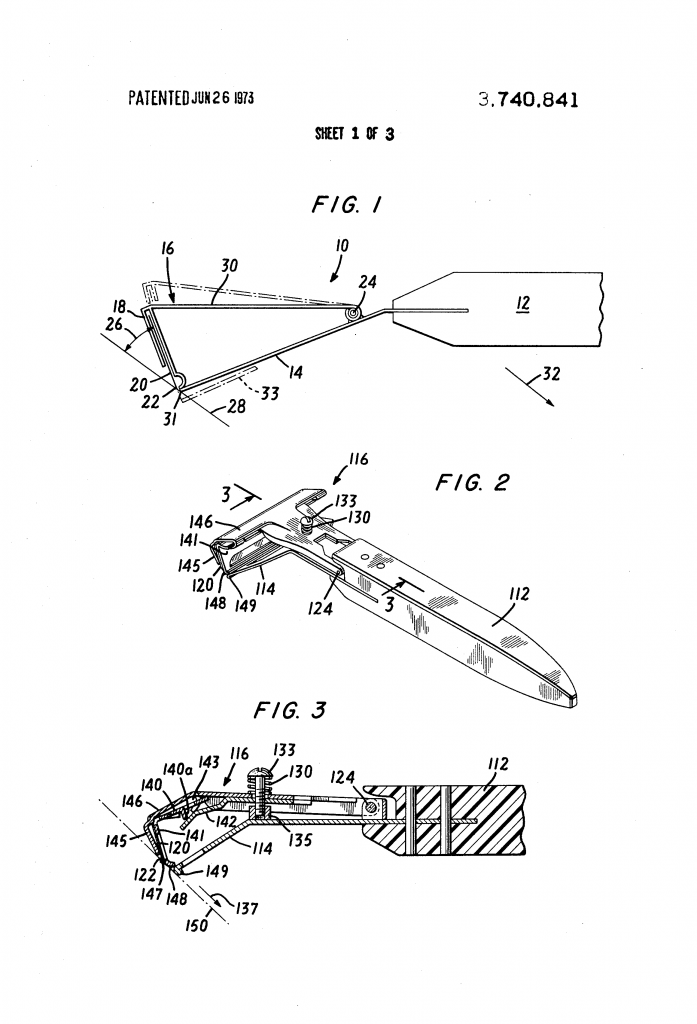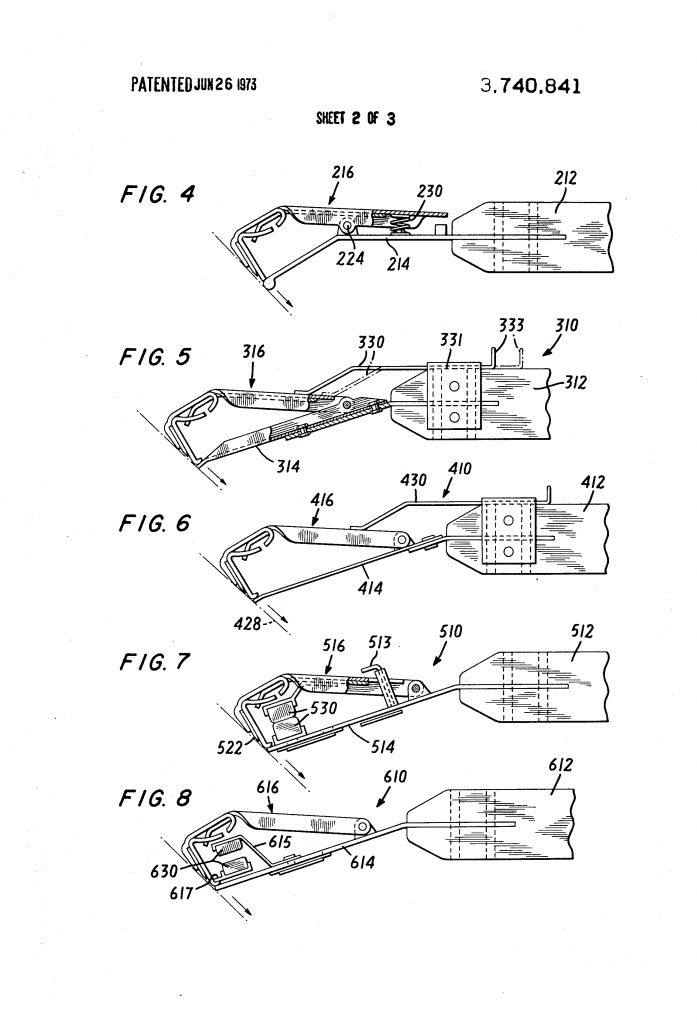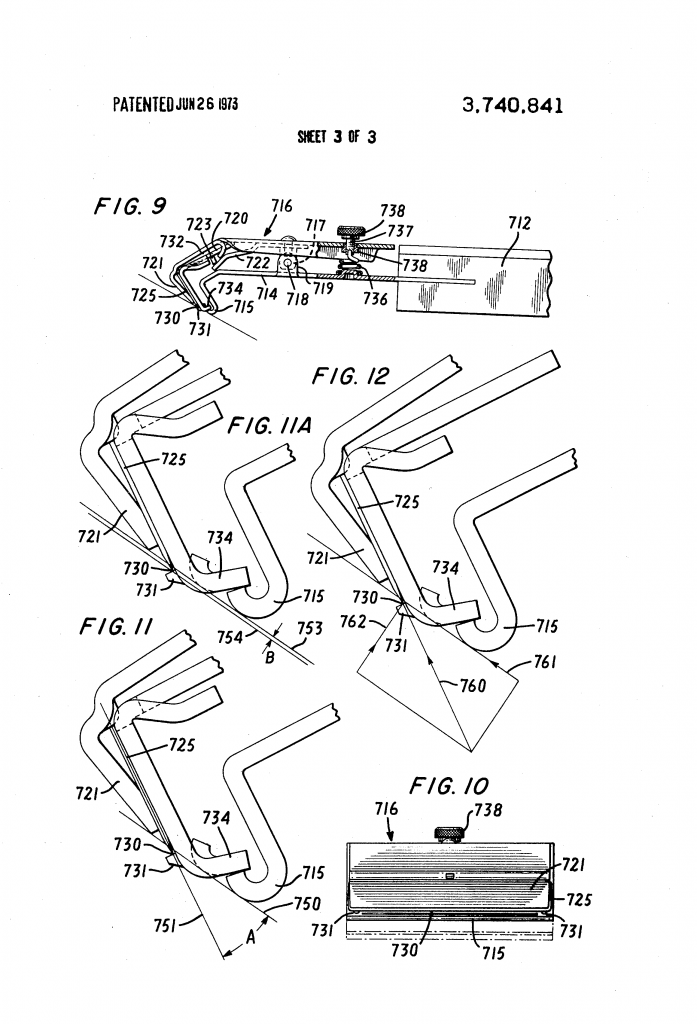One of the first things I had to learn – or rather unlearn – when I started using a traditional safety razor was the use of pressure on the razor. A shaver using a plastic cartridge razor will often press it against their skin. A shaver using a traditional safety razor will most often apply as little pressure as possible. It is, after all, the edge of the blade that does the work. You don’t need to remove the top layer of skin as well…
So to help shavers preserve their epidermal layer, R Fisher invented and patented a razor in ’71 that embodied blade pressure control. Or in short; a razor with a floating head – so the blade stayed on your skin instead of digging in. This would allow the shaver to shave with less care and precession. More sloppy, if you like. Much like my perception of how the average cartridge user shaves, in other words.
Or, in the words of the patent:
The original safety razor development afforded a method of achieving a close shave without the very real danger of serious injury that had previously attended the use of straight razors. Although the safety razor has eliminated the possibility of serious injury, the very knowledge of this fact on the part of the user has tended to increase the number of minor abrasions and nicks occasioned by its use-since one tends to shave with less care and precision than would be the case were serious injury possible.
From US patent 3,740,841
Mind you, Fisher isn’t the first inventor I’m aware of that have come up with a razor that accounted for the application of uneven pressure. The first I recall of the top of my head is Herr Meyer and his razor on a spring. Although Fisher’s patent at least only yields in one direction.
The idea is deceptively simple. Mount the blade on an assembly that will tilt away from the guard if too much pressure is applied. The patent drawings shows several ways of doing this, including a number that would be adjustable. And a couple (figure 7 and 8) that used magnets instead of springs to provide a biasing force.



The whole thing looks vaguely injector-like. And some of the embodiments of the invention looks like a complete nightmare to keep clean. Springs, clips, little hooks, and hinges… oh my. Keeping a regular three piece razor can be tricky if the lather is sticky.
I don’t think this razor ever made it to production. It is, after all, easier for a shaver to use less pressure than it is to buy a new razor that requires a new type of blade.
You can read the full patent for Fisher’s safety razor embodying blade pressure control over at Google Patents.

Pingback: Safety razor embodying blade pressure control - Razors n Blades the shave that saves